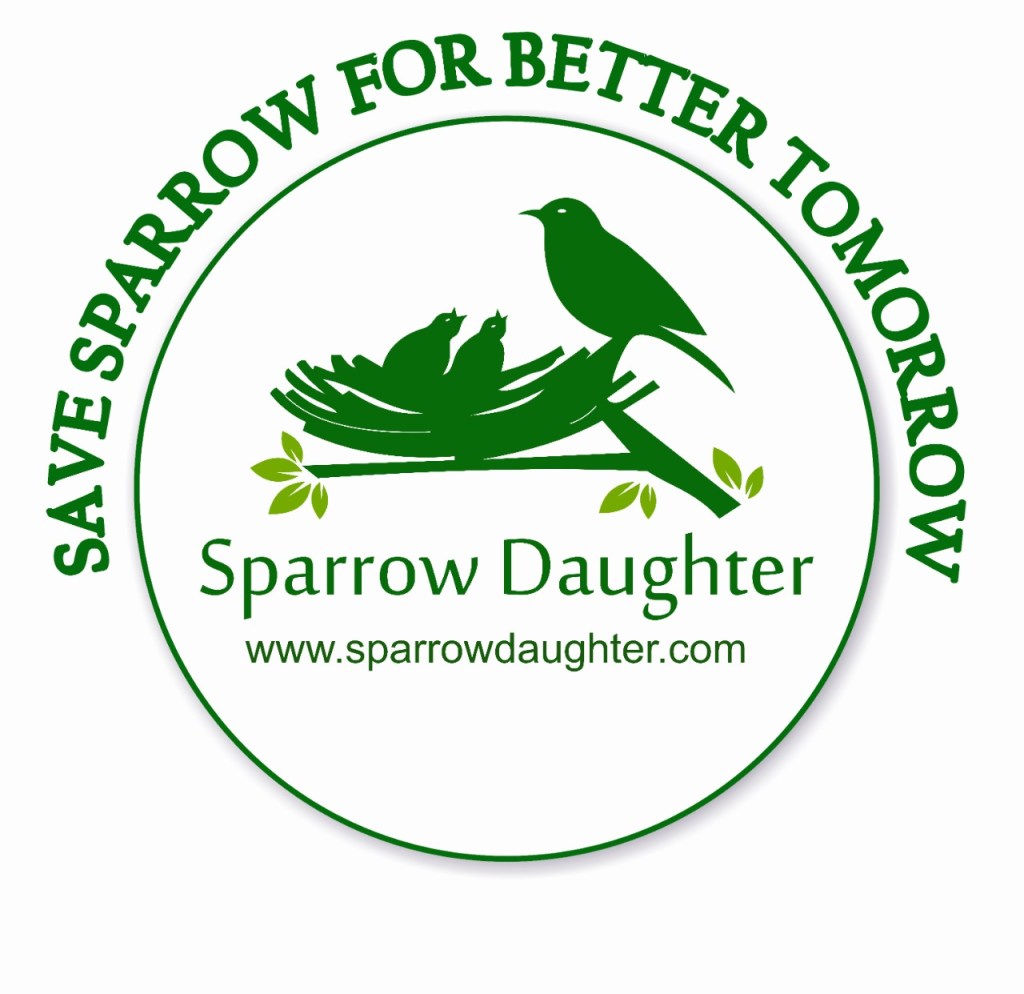Squirrels are truly amazing animals and are known for their incredible acrobatic abilities, making them a joy to watch in any outdoor setting. They are highly intelligent and curious creatures that possess a remarkable ability to problem-solve and adapt to changing circumstances. Their playful nature and energetic behaviour add a sense of liveliness and charm to any garden or backyard. By providing a squirrel house, you can offer these wonderful creatures a safe and secure environment to thrive in.
Squirrels are a vital part of many ecosystems and play an essential role in the dispersal of seeds and the maintenance of plant growth. With their fascinating behaviour and vital ecological role, it’s no wonder that many people find squirrels to be an absolute delight to observe and interact with. In this blog, we will provide the ultimate guide to choosing a squirrel house for your garden, including information on squirrel feeders and squirrel milk feeders.
Why provide a squirrel house in your garden?
Squirrels are natural climbers and spend most of their time in trees. However, as cities and towns continue to expand, the availability of natural habitats for squirrels is diminishing. A squirrel house can provide a safe haven for squirrels to nest and rest, especially during extreme weather conditions. By providing a squirrel house, you are creating a natural habitat for these creatures and helping to preserve their population.
Factors to consider when choosing a squirrel house
There are many factors to consider when choosing a squirrel house for your garden. Here are some of the most important ones:
1. Size
Squirrel houses come in different sizes, and it is essential to choose one that can accommodate the squirrels in your area. The size of the house should be big enough for squirrels to move around comfortably and have ample space to raise their young.
2. Material
The material of the squirrel house is also an important consideration. Squirrel houses can be made of wood, plastic, or metal. However, wood is the most popular material because it provides a natural look and is easy to maintain. When choosing a wooden squirrel house, ensure that the wood is untreated and free from chemicals that could be harmful to squirrels.
3. Ventilation
Squirrels require proper ventilation in their house to regulate temperature and prevent moisture build-up. A good squirrel house should have ventilation holes or a mesh screen to allow for proper air circulation.
4. Accessibility
Squirrels are natural climbers, and their house should be placed in a location that is easy for them to access. The house should be placed in a tree, at least 10-12 feet off the ground, and away from any potential predators.
5. Security
Squirrel houses should be secure to protect them from predators such as cats and birds of prey. Ensure that the house has a tight-fitting lid or roof to keep predators out.
6. Feeder compatibility
If you plan to provide food for squirrels, then you may want to consider a squirrel house that is compatible with a squirrel feeder. A squirrel feeder can provide a consistent supply of food for squirrels, especially during the winter months when food is scarce.
7. Maintenance
Squirrel houses require regular maintenance to keep them clean and in good condition. Consider choosing a squirrel house that is easy to clean and has a removable roof or bottom for easy access.
Types of squirrel houses
There are different types of squirrel houses to choose from, depending on your needs and preferences. Here are some of the most common types:
1. Nest boxes
Nest boxes are simple structures that provide shelter for squirrels. They are typically made of wood and have an open front with a perch for squirrels to rest on. Nest boxes are easy to install and are suitable for areas with a high population of squirrels.
2. Tree houses
Tree houses are squirrel houses that are designed to be installed in a tree. They come in different shapes and sizes and are ideal for areas with trees. Tree houses are secure and provide a natural habitat for squirrels.
3. Ground houses
Ground houses are squirrel houses that are placed on the ground. They are ideal for areas with no trees or where squirrels are known to forage on the ground. Ground houses are often made of wood and are elevated off the ground to protect the squirrels from predators.
4. Feeder houses
Feeder houses are squirrel houses that are compatible with squirrel feeders. They are designed to provide a secure place for squirrels to eat and rest. Feeder houses come in different sizes and styles and can be placed on the ground or hung from a tree.
Conclusion
A squirrel house can be a great addition to your garden, providing shelter and food for these charming and entertaining animals. When choosing a squirrel house, consider the size, location, design, materials, features, cost, and maintenance requirements of the structure. With a little research and careful consideration, you can choose the perfect squirrel house for your garden and enjoy the antics of these playful creatures for years to come.
Sparrow Daughter: A Provider of Squirrel Houses and Bird Houses for Sale
If you’re in search of a squirrel house or bird house for your garden, look no further than Sparrow Daughter. Our selection of high-quality, handcrafted outdoor structures including squirrel houses, pigeon houses, bird houses & bird feeders are made from durable, eco-friendly materials and are designed to provide years of reliable performance. We take pride in offering humane solutions for outdoor wildlife and bird conservation, and our structures are built with a commitment to the health and well-being of all animals.
Browse our selection of squirrel houses and bird houses for sale today and discover the perfect structure to enhance your garden and support local wildlife.
